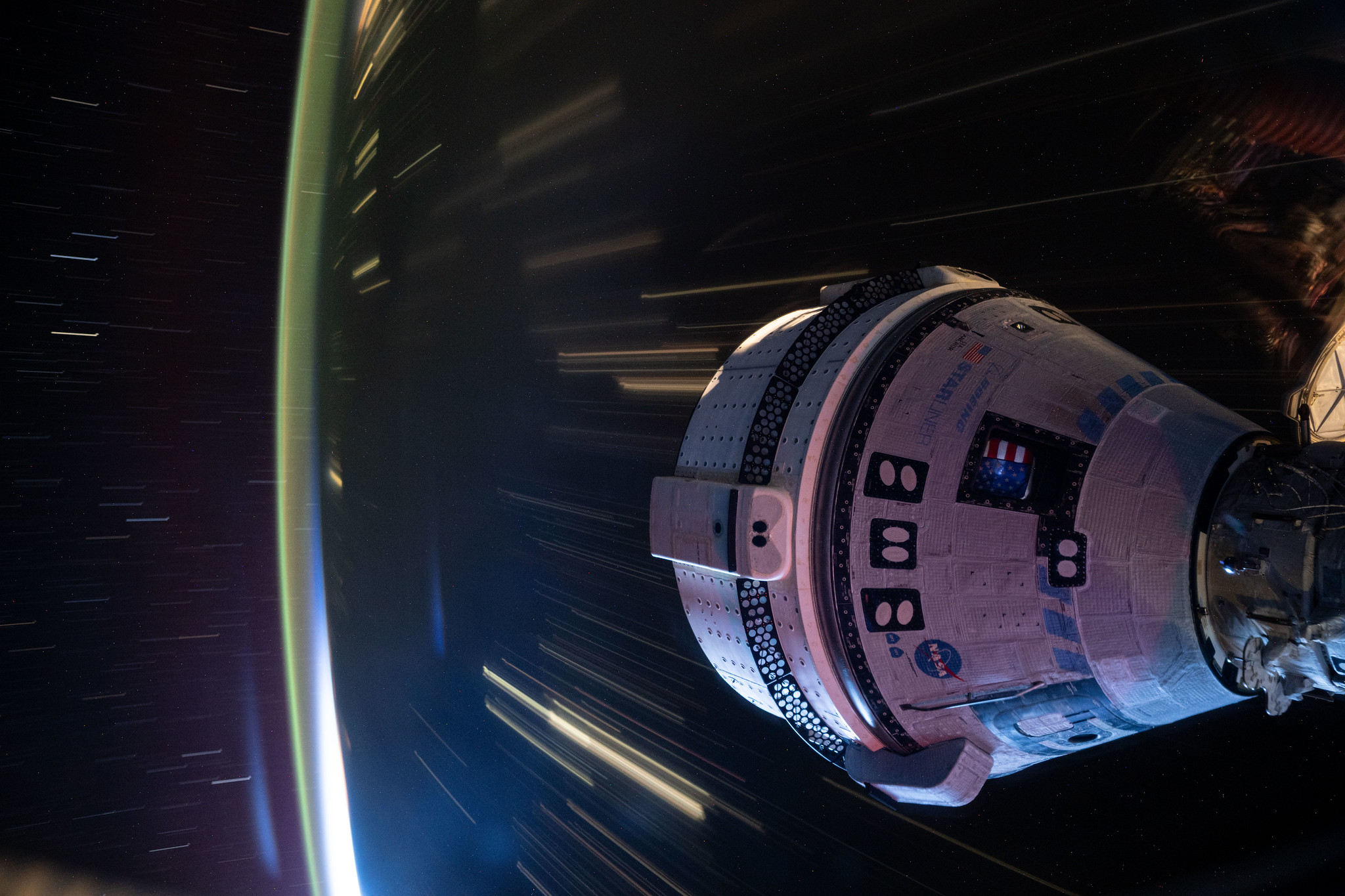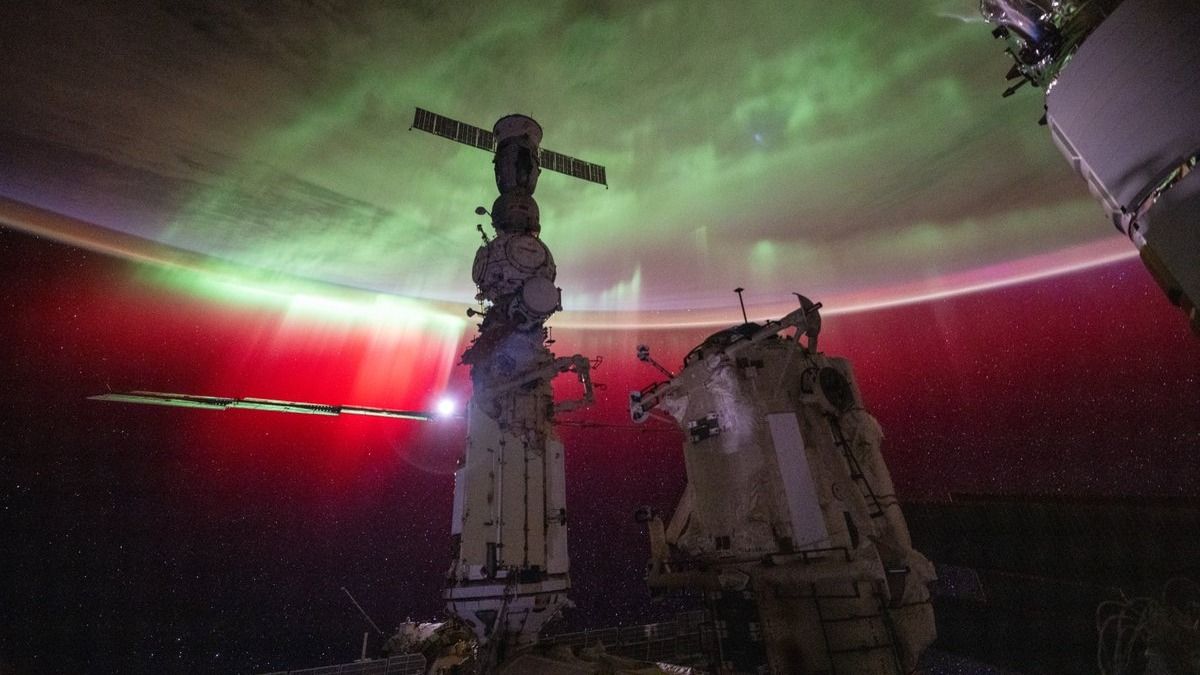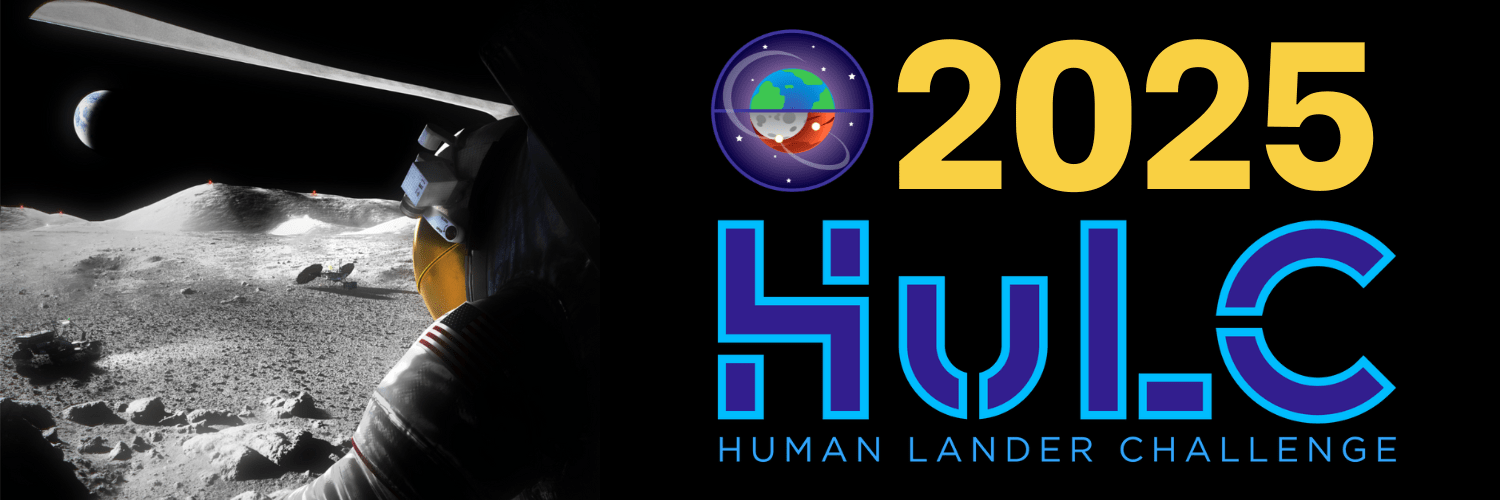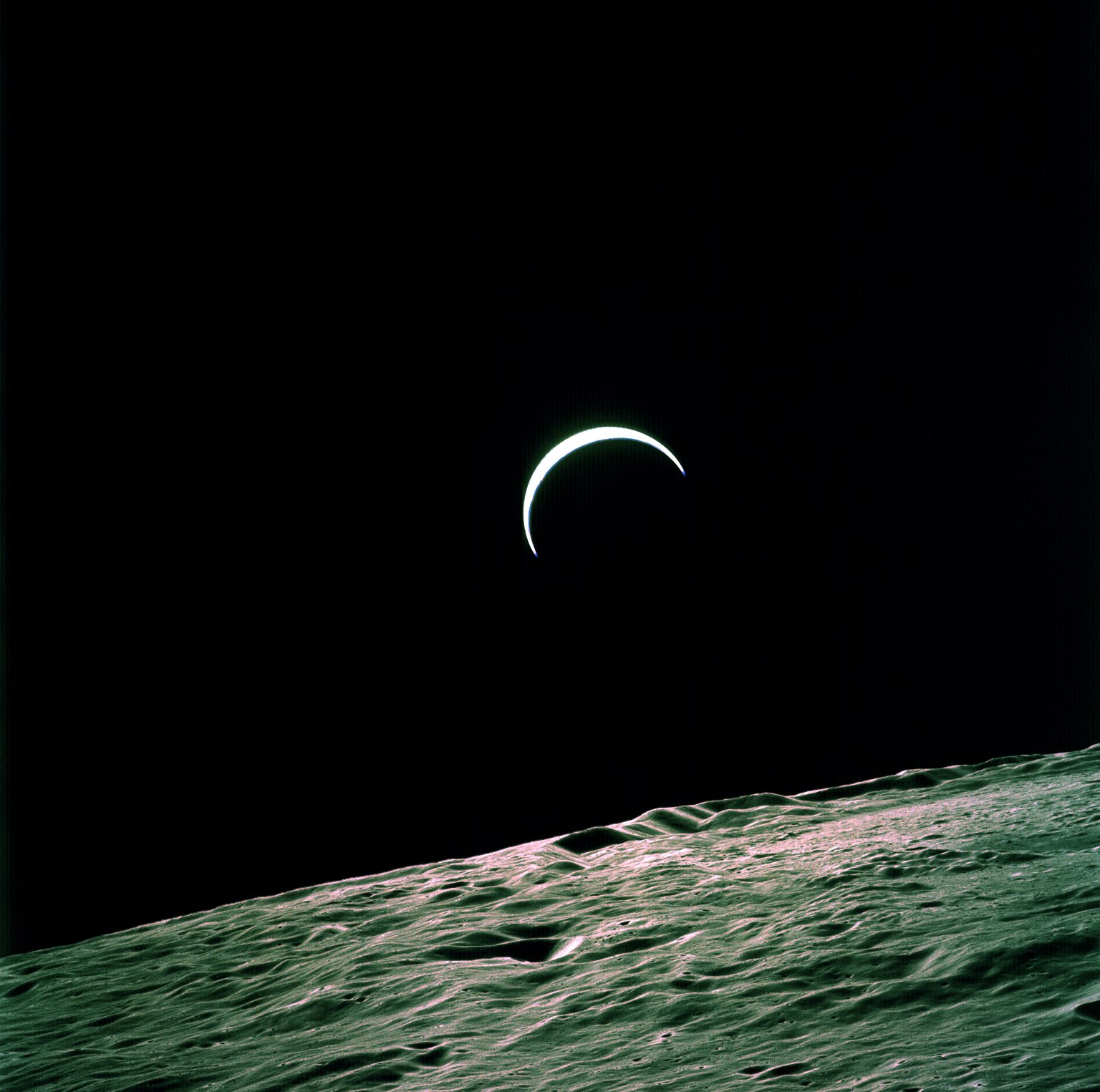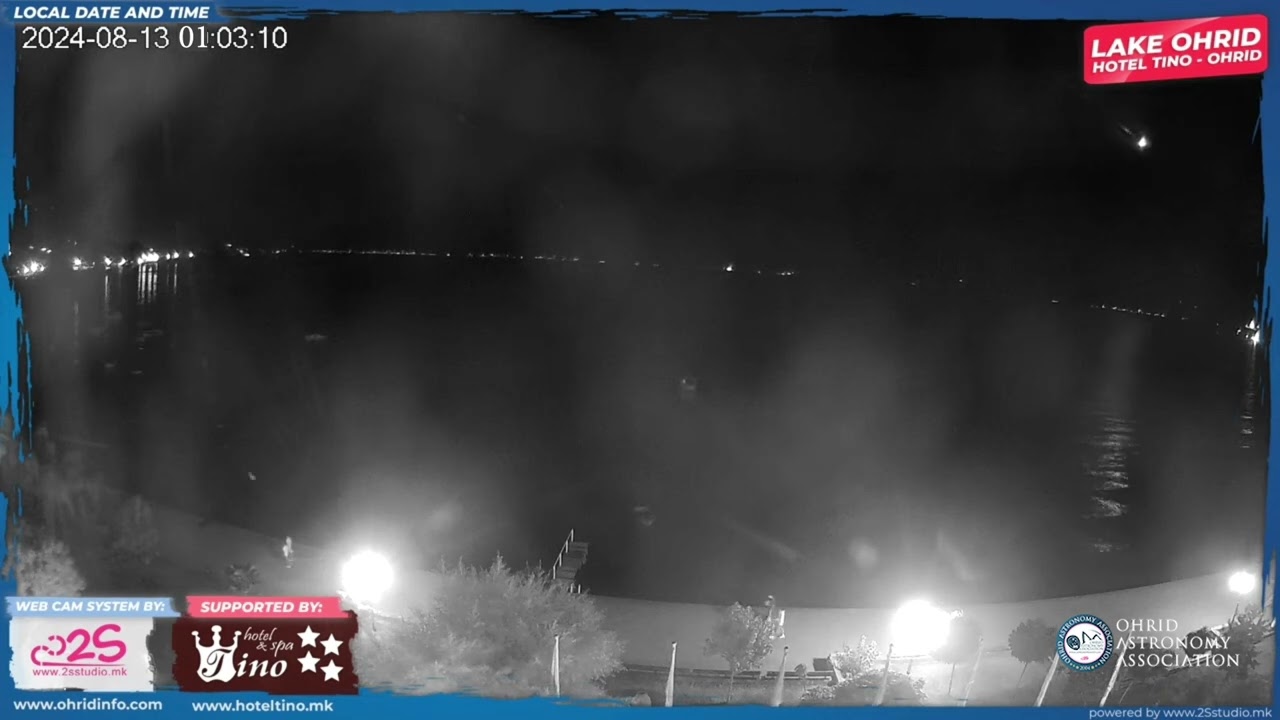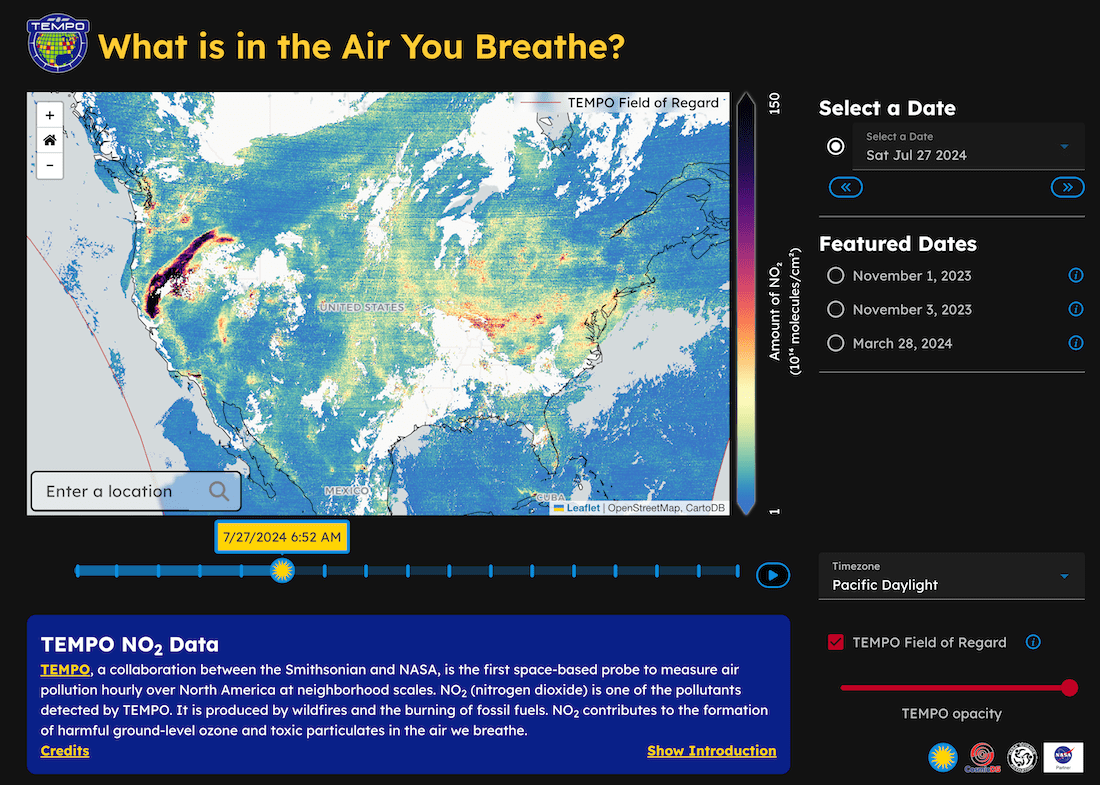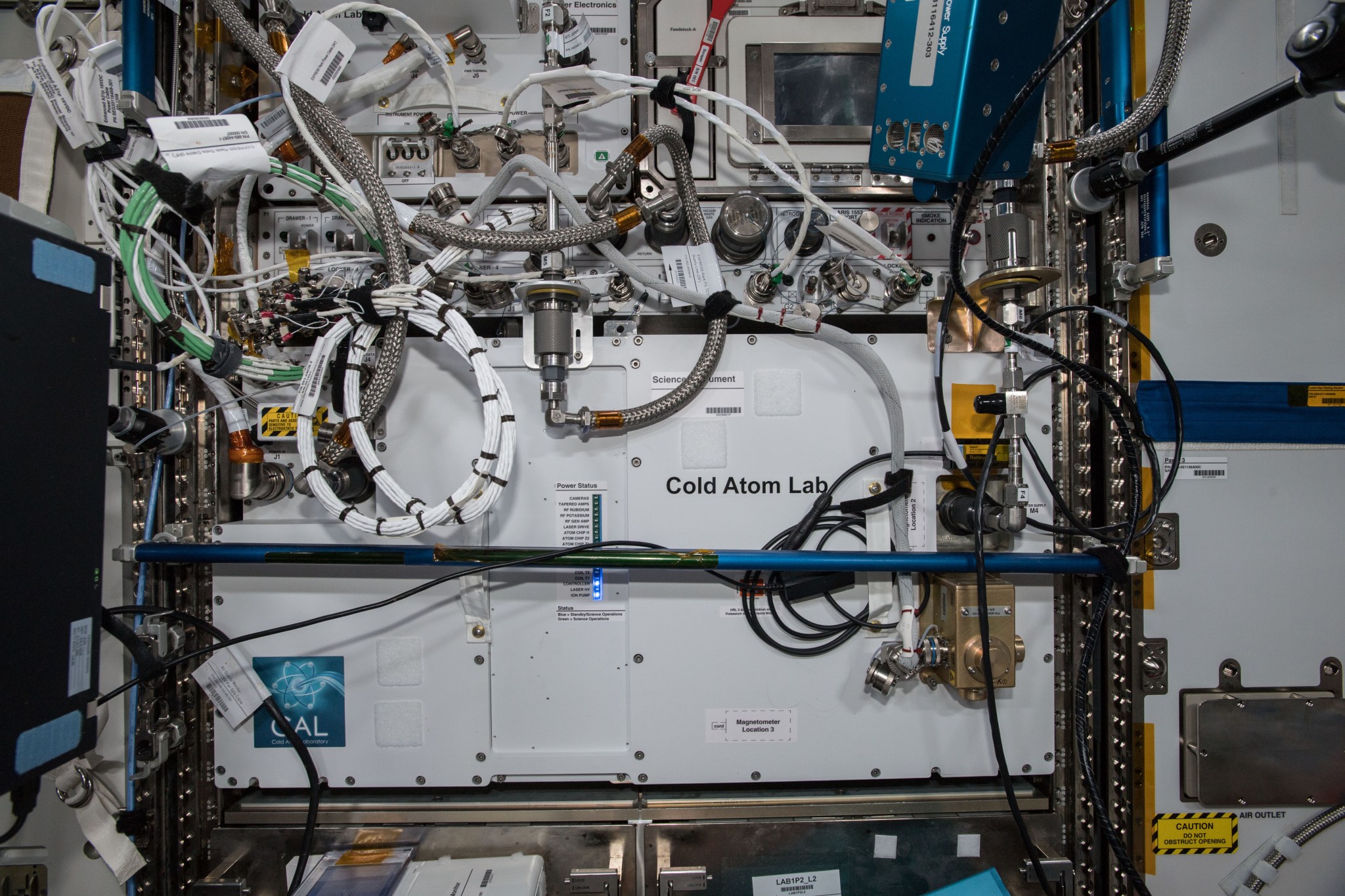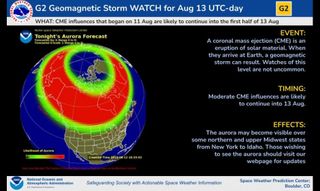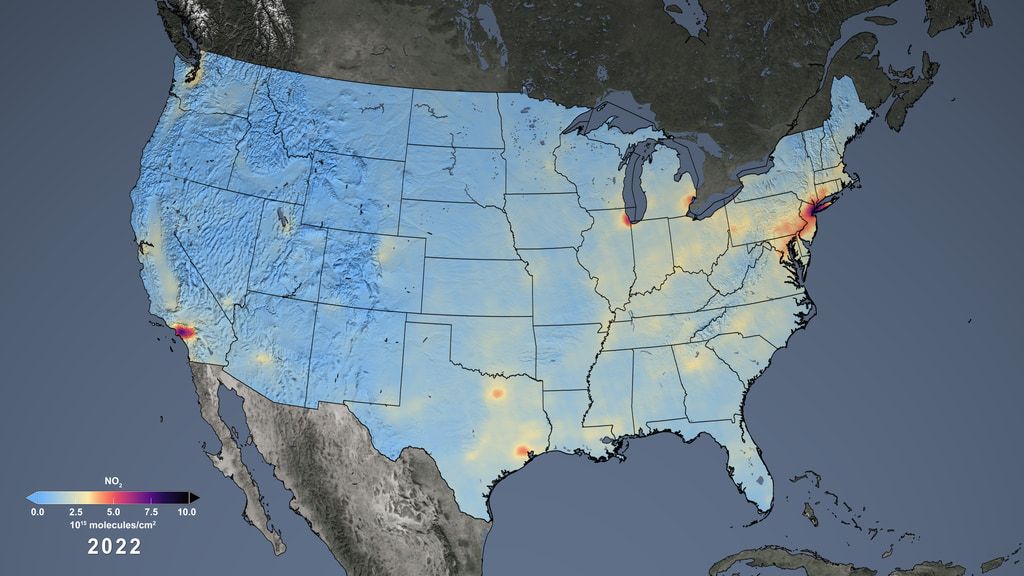Boeing’s Starliner spacecraft is pictured docked to the International Space Station. This long-duration photograph was taken at night from the orbital complex as it soared 258 miles above western China. Credit: NASA NASA will host a media teleconference at 1 p.m. EDT, Wednesday, Aug. 14, to provide an update on the agency’s Boeing Crew Flight Test. Mission managers continue to evaluate the Starliner spacecraft’s readiness in advance of decisional meetings no earlier than next week regarding the return of NASA astronauts Butch Wilmore and Suni Williams. Audio of the teleconference…
Read MoreMonth: August 2024
New ISS images showcase auroras, moon and space station in glorious photos (video)
The moon’s glow meets a multicolored aurora in a new astronaut image from space. International Space Station (ISS) and NASA astronaut Matthew Dominick, a veteran photographer of the Expedition 71 crew, captured the moon and auroras from his perch 250 miles (400 kilometers) above Earth. “The aurora have been amazing the past few days. Great timing for trying out a new lens that recently arrived on Cygnus,” Dominick said on X, formerly Twitter, in one of the posts. (Cygnus is a cargo spacecraft from Northrop Grumman that arrived Aug. 6).…
Read MoreNASA Challenge Seeks ‘Cooler’ Solutions for Deep Space Exploration
NASA’s Human Lander Challenge, or HuLC, is now open and accepting submissions for its second year. As NASA aims to return astronauts to the Moon through its Artemis campaign in preparation for future missions to Mars, the agency is seeking ideas from college and university students for evolved supercold, or cryogenic, propellant applications for human landing systems. As part of the 2025 HuLC competition, teams will aim to develop innovative solutions and technology developments for in-space cryogenic liquid storage and transfer systems as part of future long-duration missions beyond low…
Read MoreEarth’s Crest Over the Lunar Horizon
NASA This view of the Earth’s crest over the lunar horizon was taken on July 29, 1971, during the Apollo 15 lunar landing mission. Astronauts David Scott, Alfred Worden, and James Irwin launched from NASA’s Kennedy Space Center in Florida aboard a Saturn V launch vehicle. Designed to explore the Moon over longer periods, greater ranges, and with more instruments for the collection of scientific data than before, Apollo 15 included the introduction of a $40 million lunar roving vehicle (LRV) that reached a top speed of 10 mph (16 kph)…
Read MoreWatch a Perseid fireball light up the skies above Macedonia in this striking video
Perseid Meteor catch on Camera Live – 13 August 2024 #perseids – YouTube Watch On In the early hours of Tuesday morning (Aug. 13), at around 1:03 a.m. local time, a dazzling Perseid fireball streaked across Macedonian skies above Lake Ohrid. A webcam system installed throughout the Lake Ohrid region captured the dramatic sight. “The video with the meteor is incredible. We see in the video 7 seconds of a falling meteor. I love technology today,” photographer Stojan Stojanovski, who created the webcam system, told Space.com in an email. Related:…
Read MoreNew TEMPO Cosmic Data Story Makes Air Quality Data Publicly Available
Learn Home New TEMPO Cosmic Data Story… Astrophysics Overview Learning Resources Science Activation Teams SME Map Opportunities More Science Stories Science Activation Highlights Citizen Science 3 min read New TEMPO Cosmic Data Story Makes Air Quality Data Publicly Available On May 30th, 2024, NASA and the Center for Astrophysics | Harvard & Smithsonian announced the public release of “high-quality, near real-time air quality data” from NASA’s TEMPO (Tropospheric Emissions: Monitoring of Pollution) mission. The NASA Science Activation program’s Cosmic Data Stories team, led by Harvard University in Cambridge, MA,…
Read MoreNASA Demonstrates ‘Ultra-Cool’ Quantum Sensor for First Time in Space
NASA’s Cold Atom Lab, shown where it’s installed aboard the International Space Station, recently demonstrated the use of a tool called an atom interferometer that can precisely measure gravity and other forces — and has many potential applications in space. NASA/JPL-Caltech Future space missions could use quantum technology to track water on Earth, explore the composition of moons and other planets, or probe mysterious cosmic phenomena. NASA’s Cold Atom Lab, a first-of-its-kind facility aboard the International Space Station, has taken another step toward revolutionizing how quantum science can be used…
Read MoreAurora alert: Geomagnetic storms from solar flares may supercharge northern lights across US, Canada
The sun’s stormy weather is supercharging auroras on Earth this week, due to a series of intense geomagnetic storms triggered by recent solar flares. On Monday (Aug. 12), the U.S. National Oceanic and Atmospheric Administration’s (NOAA) Space Weather Prediction Center (SWPC) detected a severe G4-class geomagnetic storm over Earth at 11 a.m. EDT (1500 GMT) that surely would have amplified northern lights displays across the United States if it had not occurred in the middle of the day. “A severe geomagnetic storm includes the potential for aurora to be seen…
Read MoreAxiom Space’s next astronaut mission to the ISS with SpaceX delayed to spring 2025
Axiom Space’s next astronaut mission to the International Space Station will be delayed by several months, into 2025, due to required interagency approval processes. Ax-4, the name of that private astronaut effort by Axiom Space, had been targeted to launch no earlier than October of this year. It will now lift off no earlier than spring 2025, NASA officials announced on Friday (Aug. 9) via X. “The Ax-4 crew members are pending approval to fly to the orbiting lab by the Multilateral Crew Operations Panel,” NASA officials wrote in the…
Read MoreNASA satellite data adds key pollutant to national environmental justice database
Scientists harnessed satellite technology to track a key air pollutant previously absent from a national database, NASA announced earlier this week, marking a crucial step forward in monitoring differences in air quality across the U.S. and identifying groups whose health is unfairly affected. Measurements of nitrogen dioxide, which is primarily released into air through the burning of fossil fuels and can lead to respiratory diseases like asthma among other health problems, had been missing from the Environmental Justice Screening and Mapping Tool, or EJScreen. The database is maintained by the…
Read More